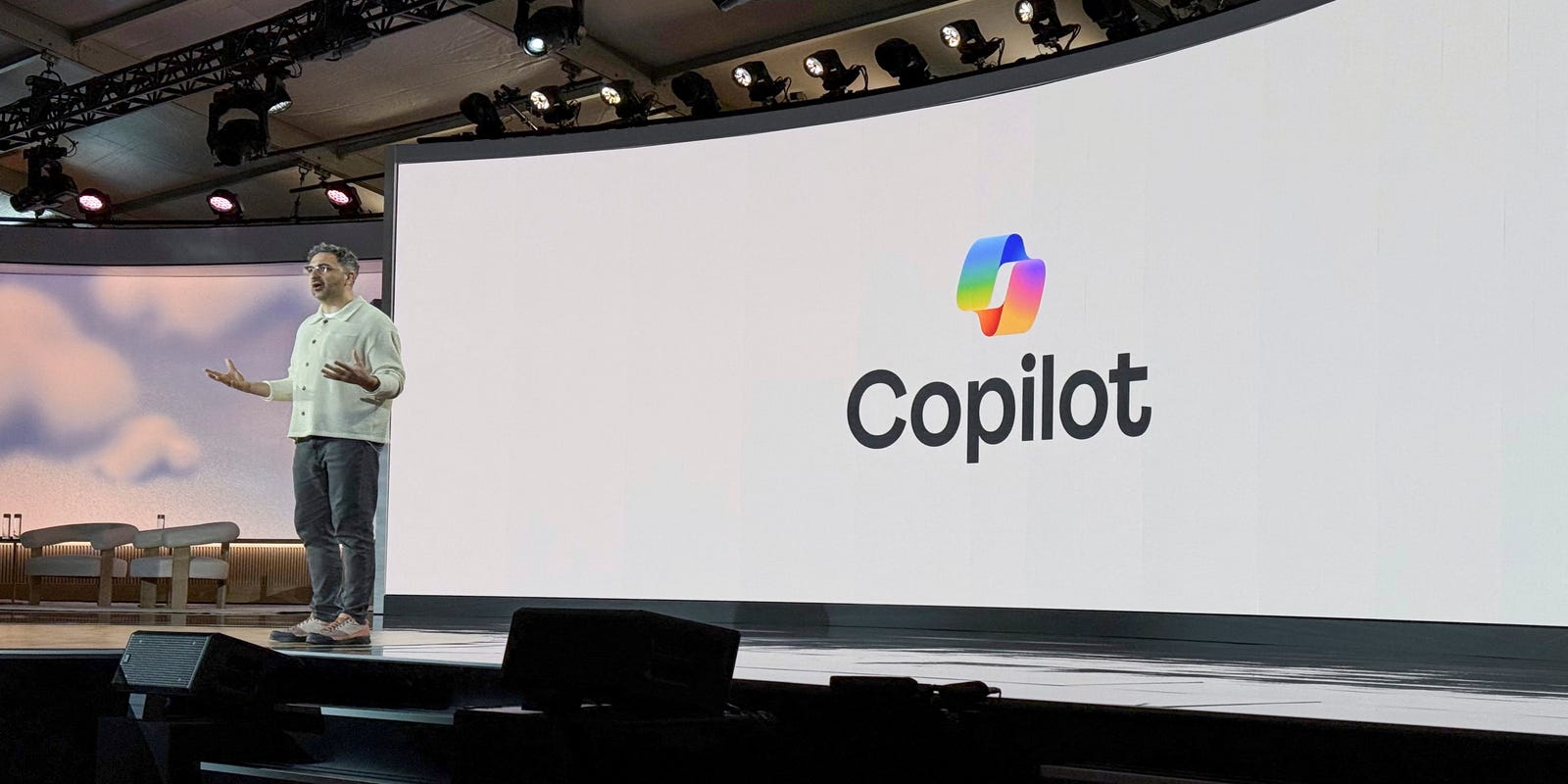AI Revolution: Microsoft Unleashes Next-Gen Windows and Surface Devices

Microsoft's Ambitious Copilot+ PC Vision Falls Short of Initial Promises
In a bold move last year, Microsoft unveiled the Copilot+ PC concept, accompanied by the first Surface Copilot+ PCs, generating significant excitement in the tech world. However, the subsequent reality proved to be less impressive than the initial fanfare suggested.
The groundbreaking announcement promised a revolutionary approach to personal computing, integrating advanced AI capabilities directly into hardware. Yet, as the market unfolded, the actual implementation failed to fully deliver on the ambitious vision Microsoft had painted.
While the concept was intriguing, with promises of enhanced AI integration and improved user experiences, the real-world performance and adoption of Copilot+ PCs did not meet the high expectations set during the initial launch. This gap between promise and execution has left many tech enthusiasts and consumers somewhat disappointed.
The journey of Copilot+ PCs serves as a reminder that technological innovation often requires time to mature and truly realize its potential. Microsoft's attempt to redefine the PC experience, while innovative, still has room for significant improvement.
